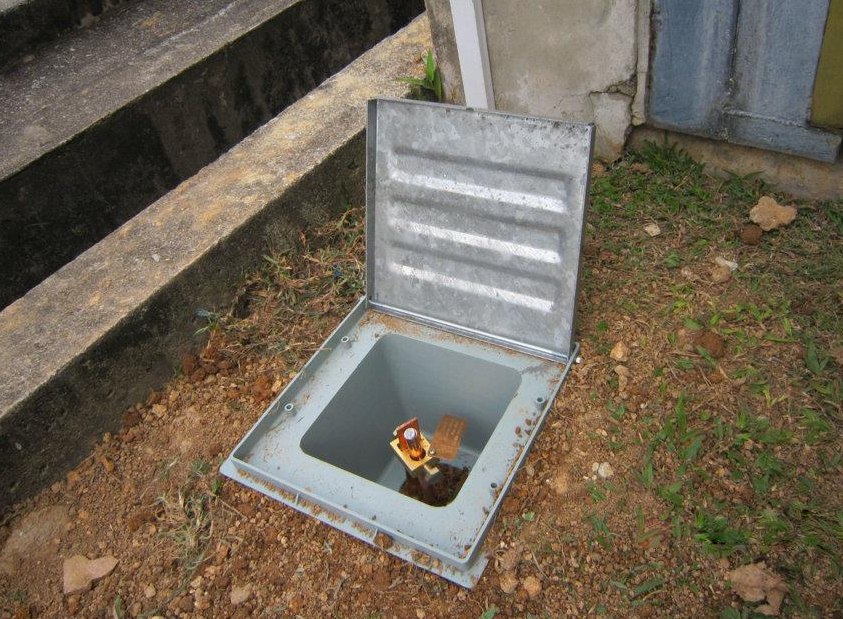Introduction:
In the world of electrical engineering, where precision and reliability are paramount, the importance of a well-designed earthing system cannot be overstated. An efficient earthing system serves as the backbone of electrical installations, ensuring the safety of personnel, protecting equipment, and maintaining the integrity of the overall system. In this article, we will delve into the benefits of a well-designed, low-resistance, low-impedance earthing system and why it is crucial for modern electrical infrastructure.
Enhanced Safety:
Safety is the top priority in any electrical system, and a low-resistance, low-impedance earthing system plays a pivotal role in ensuring it. By providing a reliable path for fault currents to dissipate into the ground, such a system prevents the buildup of dangerous voltages that could pose a threat to personnel, equipment, and the surrounding environment. A robust earthing system significantly reduces the risk of electric shocks and minimizes the potential for electrical fires.
Equipment Protection:
Electrical equipment is a substantial investment, and protecting it from faults and transient events is crucial for the longevity and efficiency of the system. A well-designed earthing system helps maintain equipment at the same potential, preventing potential differences that could lead to equipment damage. This, in turn, reduces downtime, maintenance costs, and the need for frequent replacements.
Operational Reliability:
Low-resistance, low-impedance earthing systems contribute to the overall reliability of electrical installations. By minimizing ground faults and ensuring a stable reference point for the system, these earthing systems help maintain a consistent and reliable power supply. This is particularly critical in industries where uninterrupted power is essential, such as healthcare, manufacturing, and data centers.
Compliance with Standards and Regulations:
Adhering to industry standards and regulations is not just a matter of legal compliance; it is a commitment to ensuring the highest level of safety and performance. A well-designed earthing system that meets or exceeds relevant standards provides peace of mind to both engineers and stakeholders, demonstrating a dedication to best practices and a culture of safety.
Conclusion:
Investing in a well-designed, low-resistance, low-impedance earthing system is an investment in the safety, reliability, and efficiency of electrical installations. As technology advances and our dependence on electricity grows, engineers and decision-makers must recognize the pivotal role that earthing systems play in ensuring the seamless operation of electrical infrastructure.

